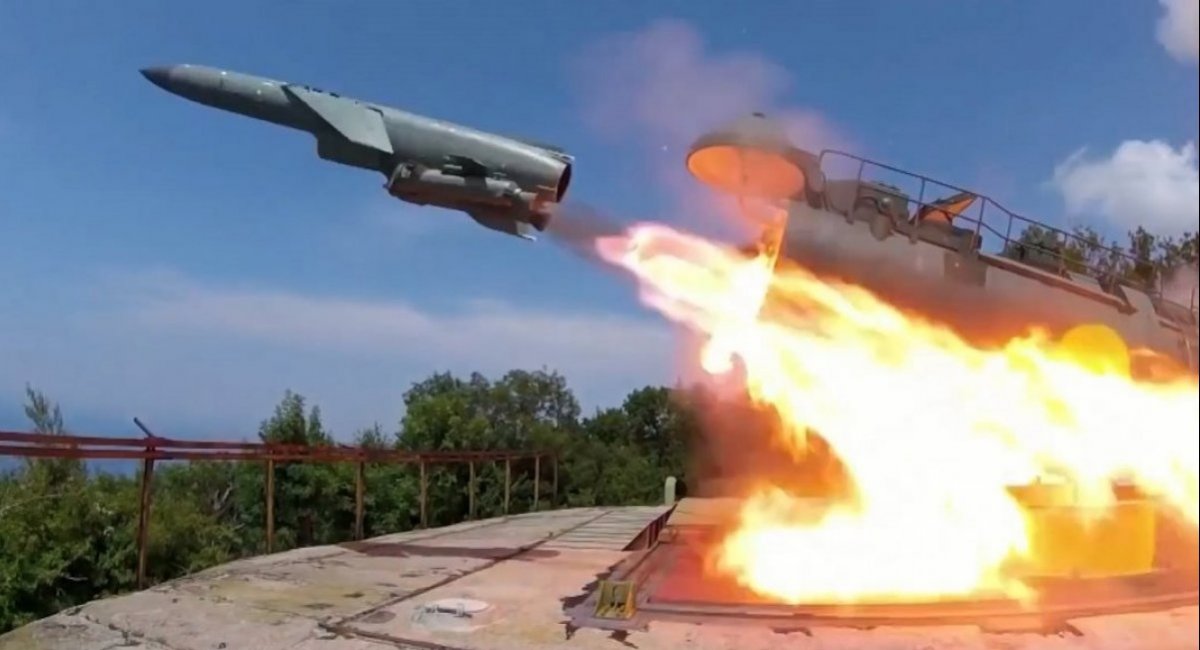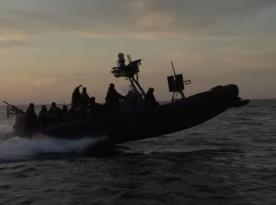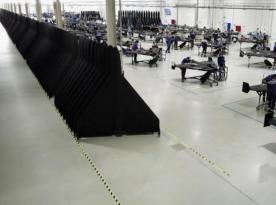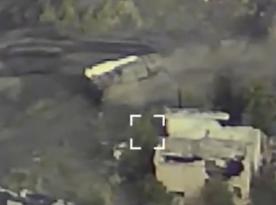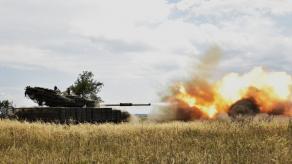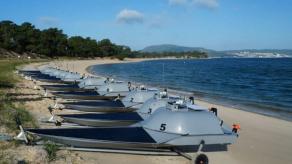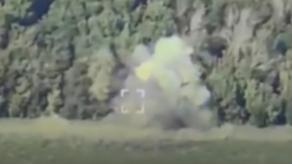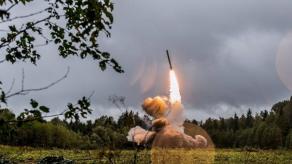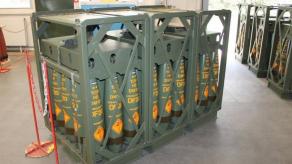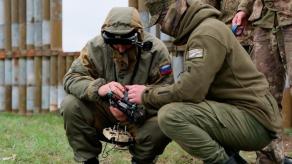During the recent wave of missile strikes, the russian invasion forces have used a P-35 (3M44 Progress) anti-ship missile as a weapon of shelling. The photos of wreckage have been shared online, the missile type identified by Defense Express, marking the first visually confirmed instance of P-35 use in the russo-Ukrainian war.
The P-35 is quite a large missile 10 meters in length and a fueled weight of 4 tons, which makes it relatively easiy to recognize. The weapon was developed in the USSR in the 1950s, it entered service in 1962.
Read more: The Atesh Partisans Expose Movement of the Oniks Missile Carriers
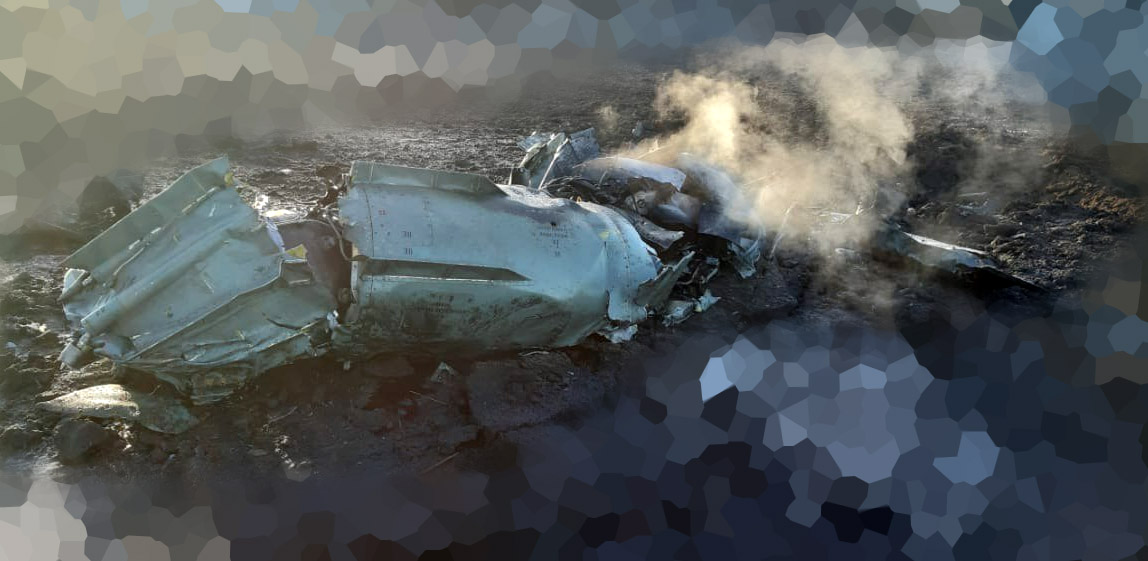
From the looks of it, the missile was shot down by Ukrainian air defense. Considering the fact it is an anti-ship missile, most likely, it targeted southern regions of Ukraine, adjacent to the coast of the Black Sea.
Earlier russians used other naval warfare weapons, like P-800 Oniks or Kh-35U missiles as means to launch long-range strikes against land targets in southern Ukraine.
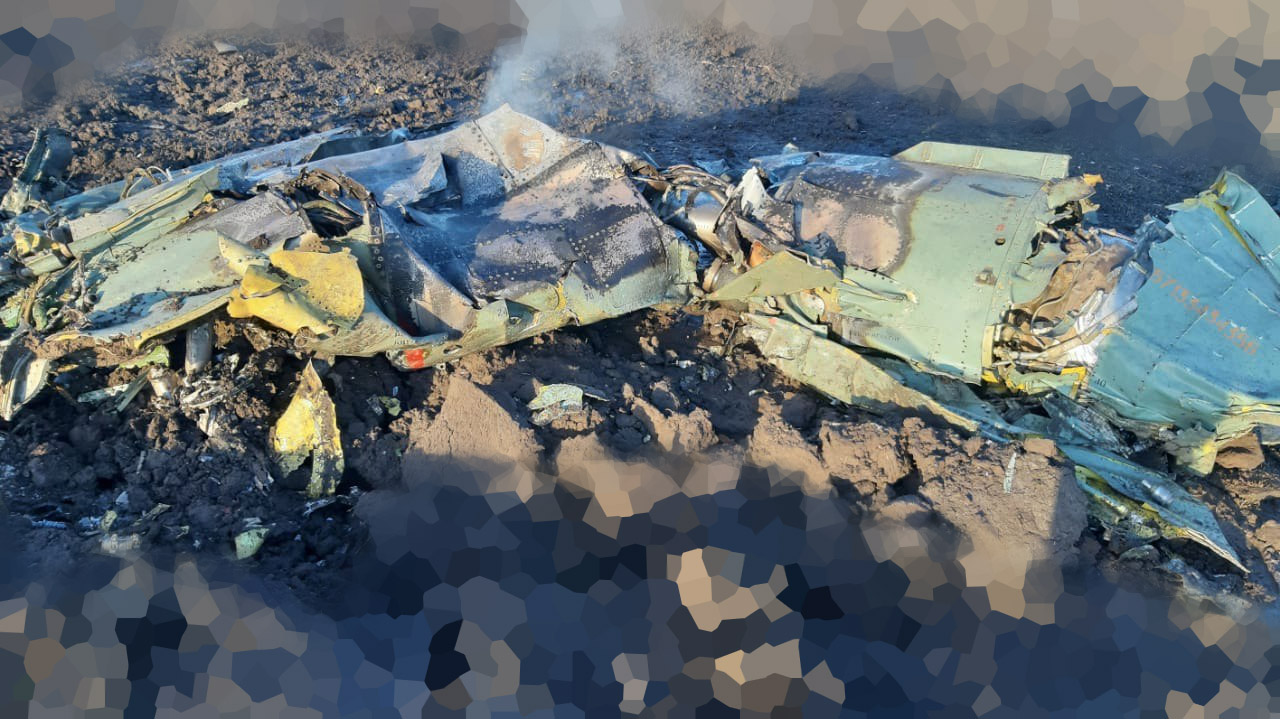
Although this pile of metal hardly resembles the P-35, this type of missile has very characteristic wings. Sources asked by Defense Express confirmed the guess.
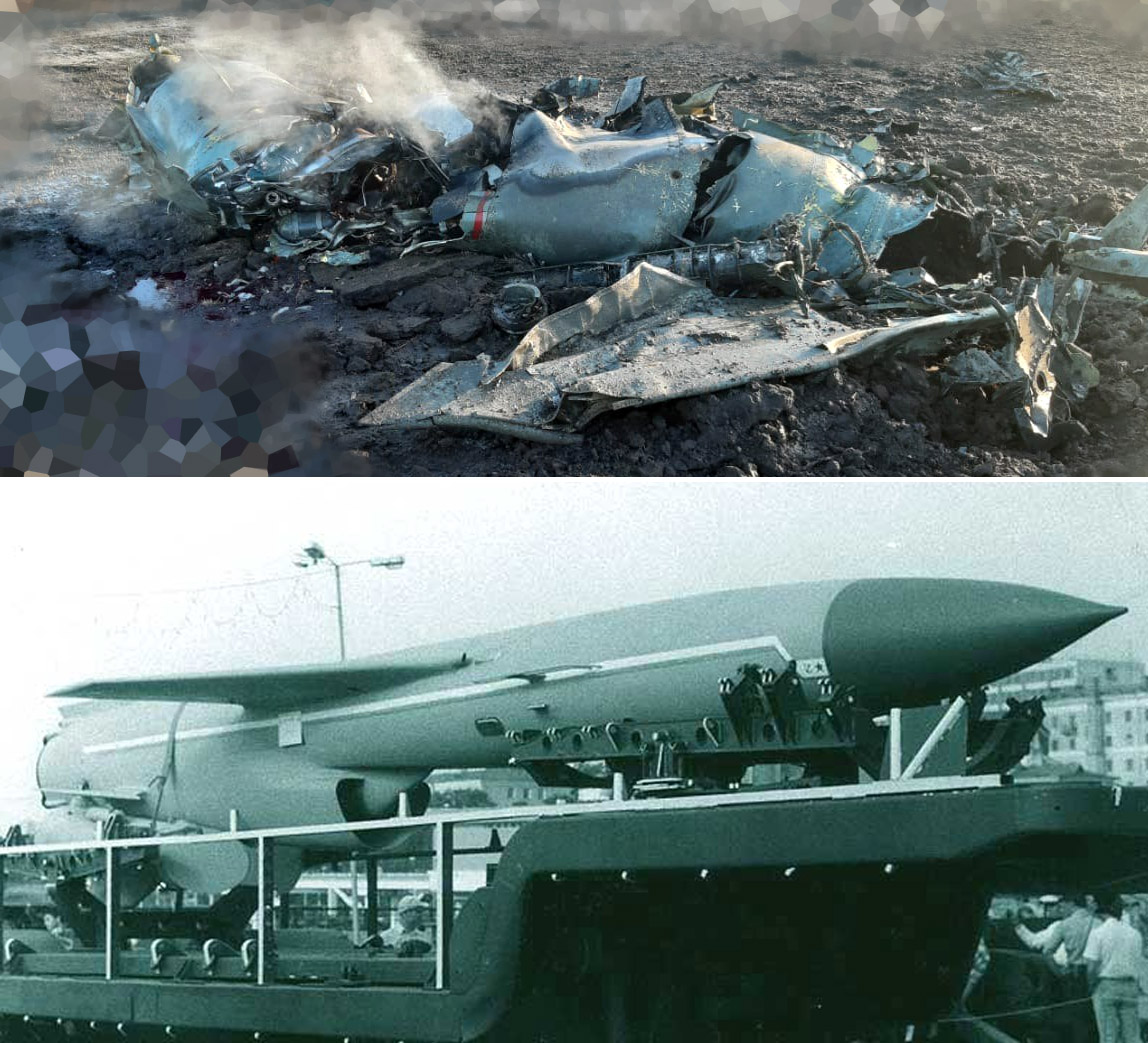
Despite its age, the P-35 is still in active service with the russian armed forces. Nowadays, the standard carrier and launch system is the Redut coastal defense complex. There were eight Redut systems in russian military service as of 2021 estimations.
Besides the conventional launcher, there is also the traditional one, known as Utyos, Object 100, or Sotka. This underground facility is located near Balaklava, occupied Crimea. The missiles are hidden inside the silo and only resurface before a launch.
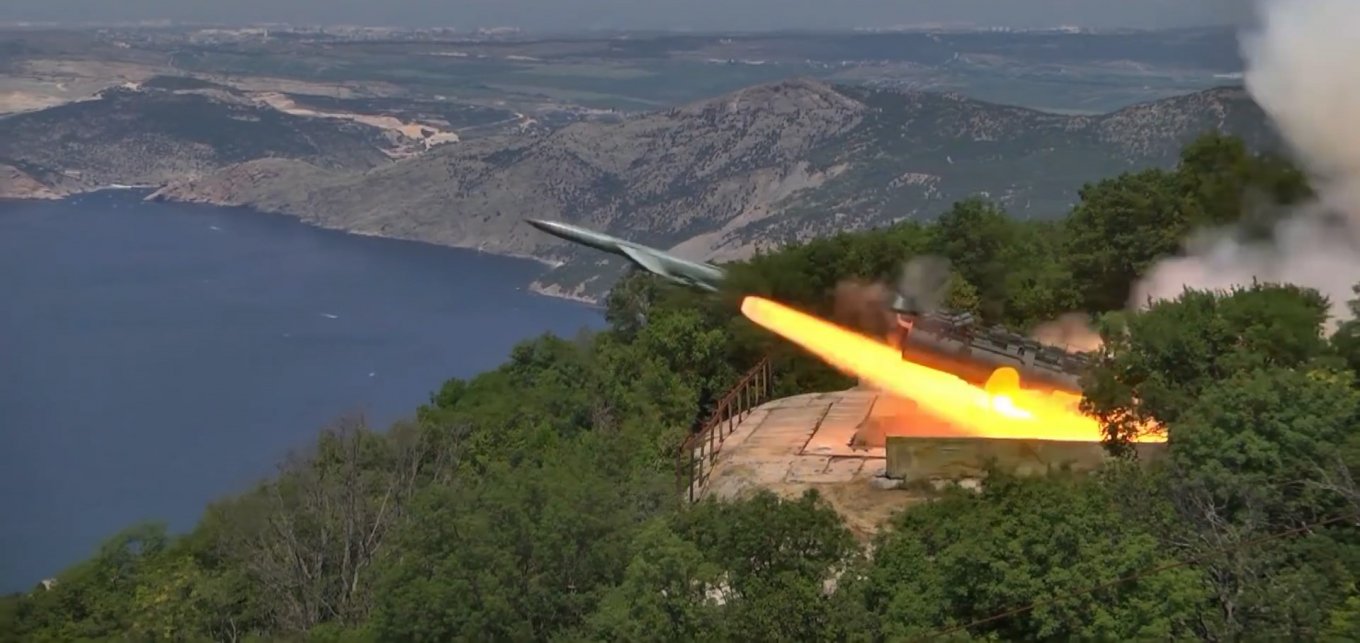
The russian federation operated two similar facilities in general: one in Crimea, and one more on the Kildin island in the Barents Sea. The available data says the latter was abandoned.
The Crimean Object 100 was refurbished and re-entered service in 2016, after the annexation of the peninsula by russia. The Kremlin also was planning to modernize the underground complex by installing launch pods adapted for firing P-800 Oniks and 3M22 Zircon missiles. Besides, the P-35 could also be used by Project 58 cruisers but all of those ships have been decommissioned at this point.
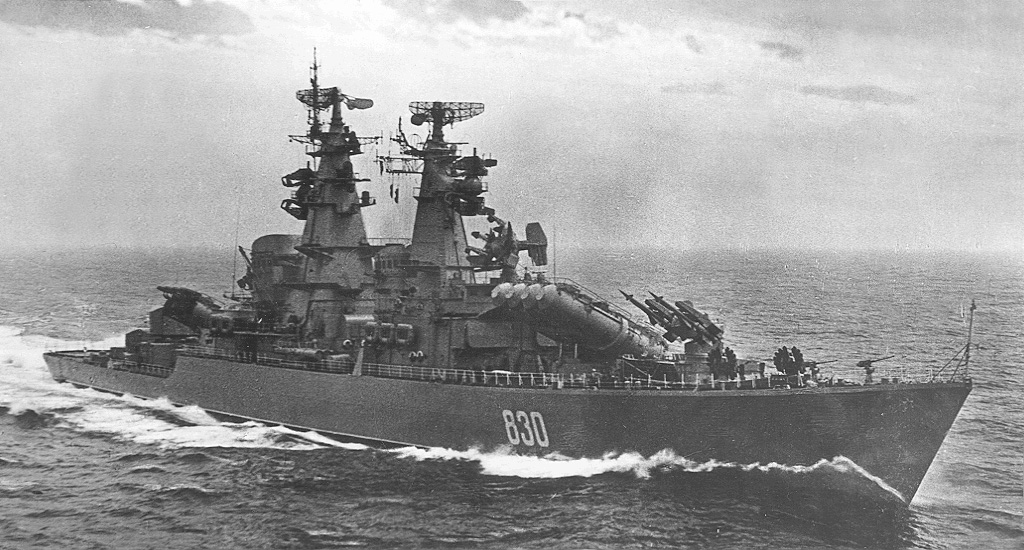
It is currently unknown which system was deployed to launch the P-35 against Ukraine. The fact itself, however, indicates that russians are no longer picky in terms of weapons of strikes and disregard potential collateral damage.
The thing is, even with the last 3M44 modernization introduced in 1982, the P-35 remains a conceptually and physically outdated armament. The range of attack is 300 km (some sources suggest 460 km for the latest version), the max speed is 1,800 km/h (~1,120 mph), and the weight of the FKBCh 4G48 warhead is 930 kg.
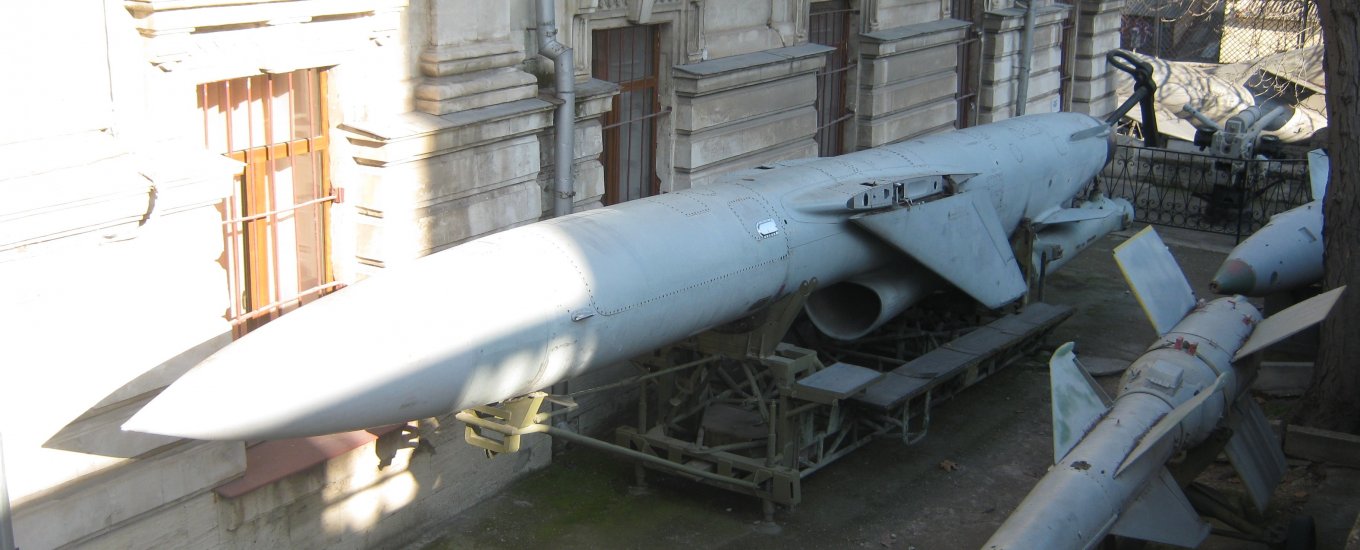
The guidance system of this anti-ship missile is a classic decision for that time: inertial during the midcourse with active radar seeker activating in the terminal phase of flight. The trajectory affects the maximum traveling distance, it can fly at an altitude of either 400 meters, 4 or 7 kilometers above the water surface; regardless, the missile has to descend to 100 meters right before the attack.
There's also an option of a strike on land- or rather coast-based targets. However, the terminal guidance requires the target to have a vivid radar signature. In that respect, the P-35 strike is similar to the prior attacks with Kh-22 cruise missiles, as they use the same combination of guidance systems, and its modernized Kh-32 variant.
Read more: Hypersonic Zircon is the Only Missile russia Hasn't Used Against Ukraine Yet: Doesn't Want to or Cannot?



